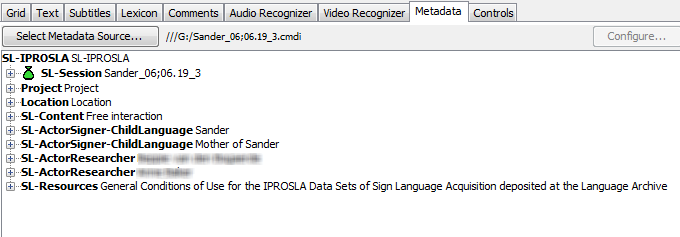

Trigger intervals see Configure Structured Streaming trigger intervals.A checkpoint location (required for each writer).During writer configuration, the main options you might need to set fall into the following categories: Common sinks used in Azure Databricks streaming workloads include the following:Īs with data sources, most data sinks provide a number of options to control how data is written to the target system. Write to a data sinkĪ data sink is the target of a streaming write operation. See Apply watermarks to control data processing thresholds. Most aggregations and many joins require managing state information with watermarks, windows, and output mode. As such, some transformations are not supported in Structured Streaming workloads because they would require sorting an infinite number of items. Structured Streaming treats data sources as unbounded or infinite datasets. You must trigger an action on the data before the stream begins. Like other read operations on Azure Databricks, configuring a streaming read does not actually load data. option("cloudFiles.schemaLocation", checkpoint_path) Paste the following code in a Databricks notebook cell and run the cell to create a streaming DataFrame named raw_df: file_path = "/databricks-datasets/structured-streaming/events"Ĭheckpoint_path = "/tmp/ss-tutorial/_checkpoint" The schemaLocation option enables schema inference and evolution. The following example demonstrates loading JSON data with Auto Loader, which uses cloudFiles to denote format and options. Use Auto Loader to read streaming data from object storage Options that control how much data is processed in each batch (for example, max offsets, files, or bytes per batch).Options that specify where to start in a stream (for example, Kafka offsets or reading all existing files).Options that configure access to source systems (for example, port settings and credentials).Options that specify the data source or format (for example, file type, delimiters, and schema).During reader configuration, the main options you might need to set fall into the following categories: See What is Auto Loader?.Įach data source provides a number of options to specify how to load batches of data. Auto Loader supports most file formats supported by Structured Streaming.

Some of the most common data sources used in Azure Databricks Structured Streaming workloads include the following:ĭatabricks recommends using Auto Loader for streaming ingestion from cloud object storage. You can use Structured Streaming to incrementally ingest data from supported data sources. Delta Live Tables also simplifies streaming by managing state information, metadata, and numerous configurations. While Delta Live Tables provides a slightly modified syntax for declaring streaming tables, the general syntax for configuring streaming reads and transformations applies to all streaming use cases on Azure Databricks.


 0 kommentar(er)
0 kommentar(er)
